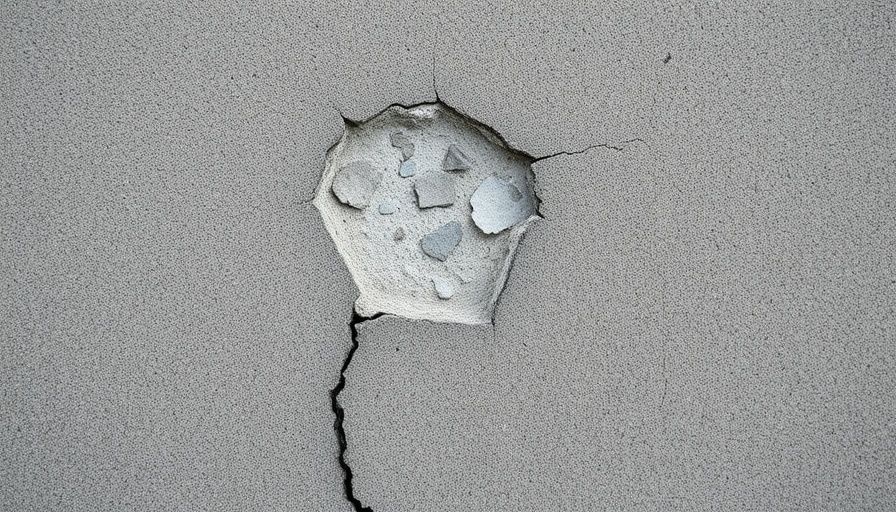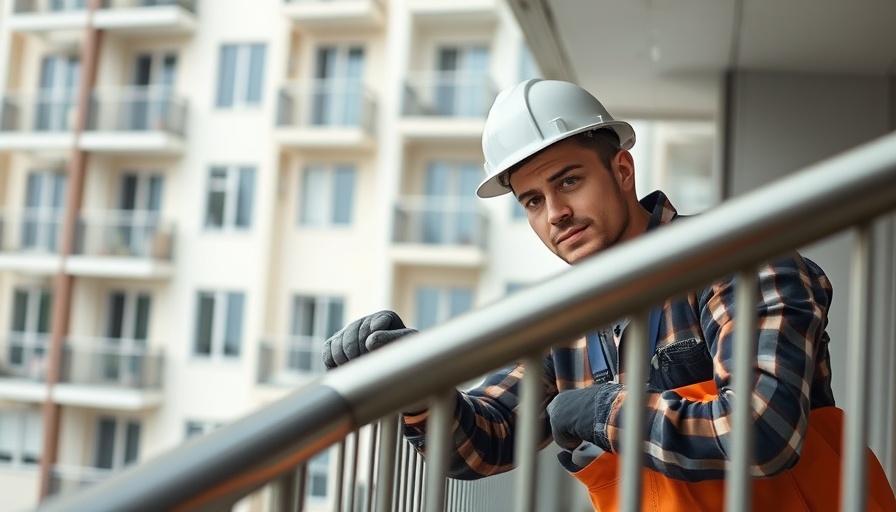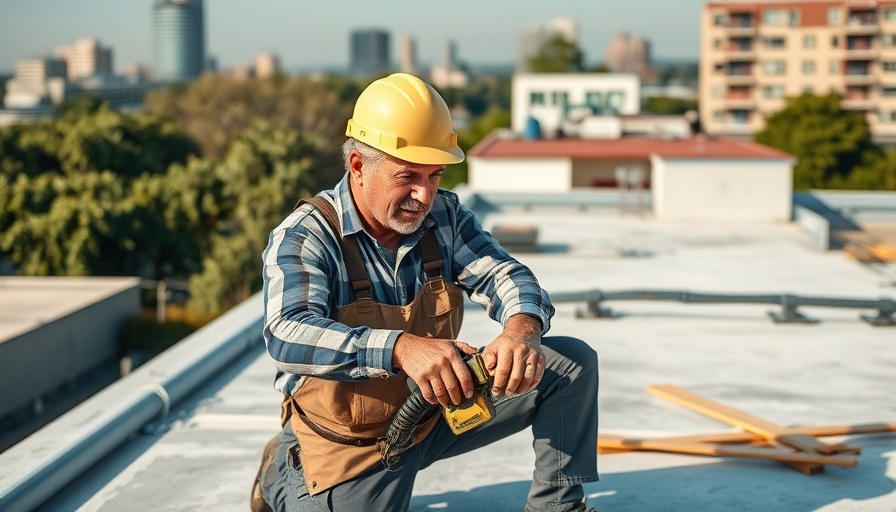
The Hidden Hazard of Concrete Spalling
Concrete spalling may look like just a small surface issue, but it’s akin to a smoke signal warning of bigger fires lurking beneath. In places like Florida, where the weather can be harsh, dealing with concrete spalling promptly can prevent more serious structural issues from developing. Property managers, engineers, and business owners need to understand what leads to spalling, particularly in coastal environments, where humidity, salt, and storms can erode concrete surfaces.
Understanding How Concrete Spalling Occurs
Concrete spalling happens when the surface of the concrete starts to flake or peel away. This often is due to moisture seeping into the concrete, which can cause it to expand and crack. Over time, iron reinforcements within the structure can rust, resulting in spalled surfaces. In Florida, the combination of high humidity and salt air accelerates this deterioration. For coastal structures, where the risk is greater, proactive measures must be implemented to prevent damage.
The Long-Term Risks of Neglecting Spalling
Neglecting concrete spalling can lead to severe long-term consequences. Structures that appear fine on the outside may be deteriorating on the inside, posing risks like code violations, unsightly aesthetics, and even potential safety hazards. For commercial properties, such issues can escalate into dangerous situations for pedestrians, leading to accidents or injuries. Repairing these problems when they escalate can require significant funds, making early intervention crucial for any property owner.
How Spalling Impacts Commercial Structures in Florida
Commercial properties face unique challenges due to Florida's weather conditions. With regular storms and salt exposure, concrete can weaken faster than in drier climates. If a commercial structure experiences spalling, the property may soon be subject to serious penalties if the necessary repairs are not made. By understanding the regional impacts of the climate, owners can take steps to protect their investments.
Practical Tips for Prevention
Taking proactive steps can save property owners from costly repairs in the future. Regularly inspect your building for signs of spalling, ensure proper drainage systems are in place, and consider using sealants that can protect against moisture intrusion. Moreover, if spalling is spotted, addressing it right away by consulting with a concrete specialist can often prevent more extensive damage, saving both headaches and money down the line.
Conclusion: Take Action Now
The importance of addressing concrete spalling cannot be overstated. As weather and environmental factors play a significant role in the deterioration of concrete, being proactive ensures safety and longevity for commercial properties. For business owners and property managers in areas like St. Simons Island and Jekyll Island, staying ahead of concrete issues creates a sustainable and safe environment for employees and customers alike.
 Add Row
Add Row  Add
Add 




Write A Comment